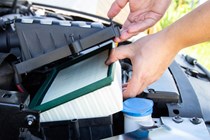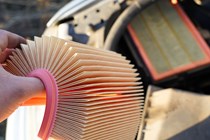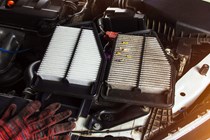A car’s engine air filter is one of those parts that needs replacing periodically. Doing so is included in the routine servicing schedule, but it’s also a straightforward DIY job. Indeed, if you fancy learning to do car maintenance tasks, the air filter is a good place to start as all you need are some basic hand tools and a bit of patience.
DIYing little jobs such as changing the air filter saves the time and hassle of going to a garage for servicing, and you don’t have to pay labour costs. It’s also rather satisfying, you have control over the quality of parts used and you know for sure that the job has been done.
In this guide, we outline every stage of the process to change your car’s air filter. There are variations between different cars that are dictated by their individual design and packaging. But the principles remain the same and we’ve described any significant variations you might come across. Check out our recommendations of the best air filters you can get.
What does an engine air filter do?
An engine consumes a lot of air to burn fuel. The air filter is there to stop dust, sand and debris being ingested into the engine. That could do significant damage, causing parts of the engine to wear out much faster than they should. At worst, the engine could fail completely.
Most filters are a pleated element made from paper or a synthetic material – though some cars have non-pleated foam elements. Most are a flat squareish shape but conical and cylindrical ones are not uncommon.
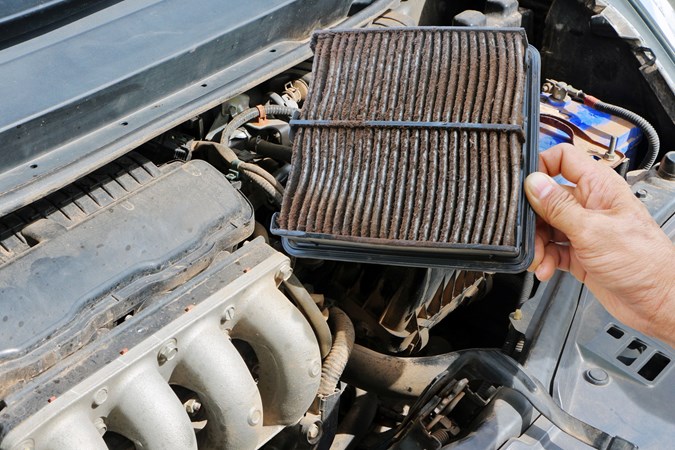
The filter is generally mounted in a frame that itself is inside a housing. Fresh air comes into one side of the housing, passes through the filter and goes out through a pipe connected to the car’s intake system.
Where the filter housing is varies from car to car. Some are mounted right at the front of the engine bay, some are mounted towards the rear closer to the intake system. Its exact location is often just a matter of where it’ll fit.
How often should I change my car’s air filter?
Over time, an air filter clogs up with dust, dirt and debris. That restricts the flow of air into the engine, reducing performance and efficiency. Replacing the filter is included in the car’s routine servicing schedule; it won’t be done every time but maybe at every second service.
If you want to find out exactly when your car’s air filter needs changing, consult the owner’s manual, ask a dealer or search online. Regularly driving off-road will necessitate replacing the filter more often as it gets clogged up quickly. It can also get wet if you drive through a flood, at which point it needs to be dried out or replaced.
If there’s no evidence in a car’s service history of when the air filter was last changed, you can follow the steps below to check its condition. But it can be so easy and inexpensive to replace that, if you’re in any doubt, you may as well just change it yourself.

What tools and safety equipment do I need?
In many cases, changing an air filter doesn’t require any tools at all, though some might need a few basic ones like a screwdriver or socket and rachet set. It’s also worth donning a pair of garage gloves you keep your hands clean, and some safety goggles, just in case any spring-loaded clips make a bid for freedom towards your face.
Have a stack of cleaning cloths to hand to deal with any muck and guck you find, and a parts tray for any bolts and clips that need removing.
Choose the right engine air filter for your engine
Pros
- Really easy to find the right air filter for your engine
- Great selection of air filters from the top brands
Cons
- You'll need prime for free delivery
How do I change the air filter in my car?
The exact position of an air filter and the procedure for replacing it differs from car to car. Below, we outline the key steps in broad terms, but there could be variations specific to your car. If you’re unsure about how to proceed, search online for a tutorial video. If you’re still not confident in your ability to carry out the task, it’s better not to chance it and have it done by a garage.
1. Consult the owner’s manual
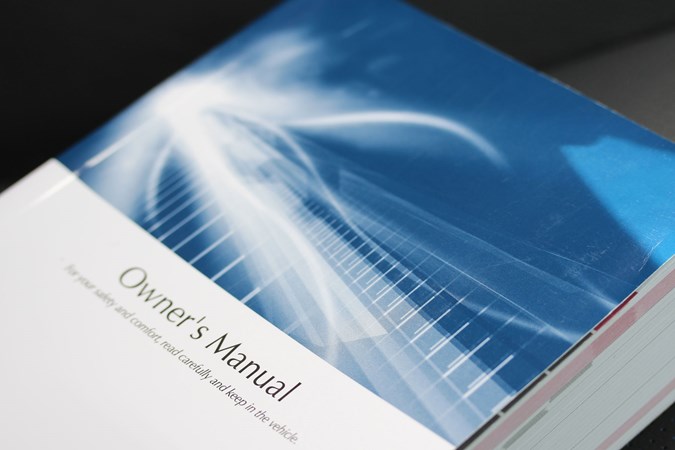
Every car’s owner’s manual has a diagram of the engine bay (under the bonnet) that will show exactly where the air filter is. It may also describe the procedure for changing it, highlighting any issues there may be in doing so, such as clips or hoses that need to be detached.
2. Make sure the car is secure
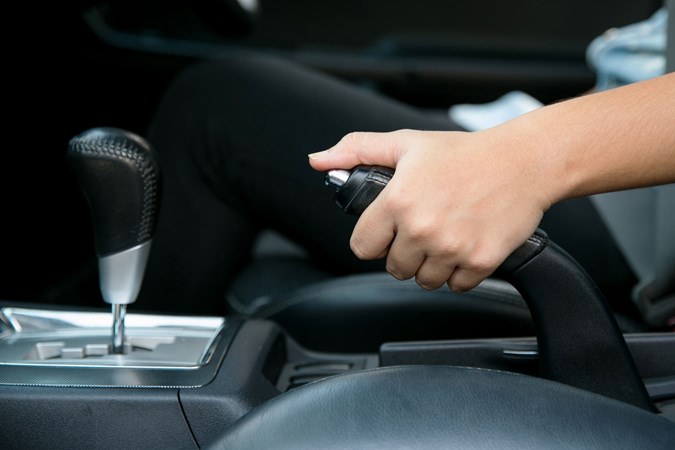
Check the ignition is turned off and that the car can’t move. Put the parking brake on, put a manual in first gear and an automatic in park. For extra peace of mind, put chocks under the back wheels.
3. Find the air filter
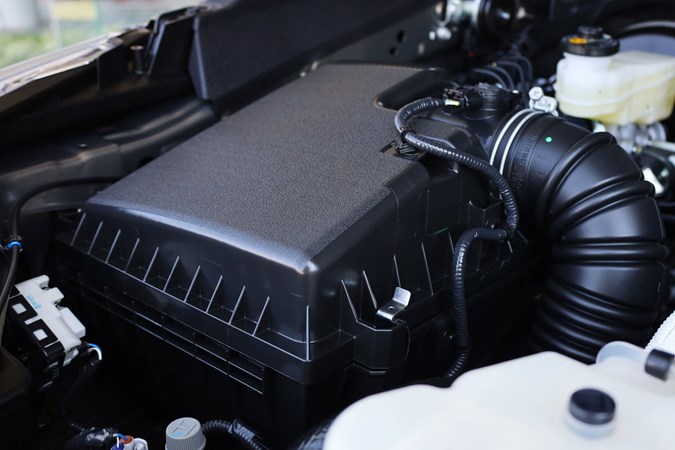
The air filter housing is a large plastic box with a removable lid. It could be anywhere in the engine bay but is usually easily spotted and accessible. In some instances, the box will bear words or a symbol indicating that it’s the air filter housing.
If it’s not obviously visible, the housing could be under the plastic engine cover, or crammed into the front or back of the engine bay under some other component. That can make changing the filter difficult because there’s more disassembly to do.
Some cars don’t have an air filter housing; instead, it may be behind a plastic shroud or even completely uncovered.
4. Open the air filter housing
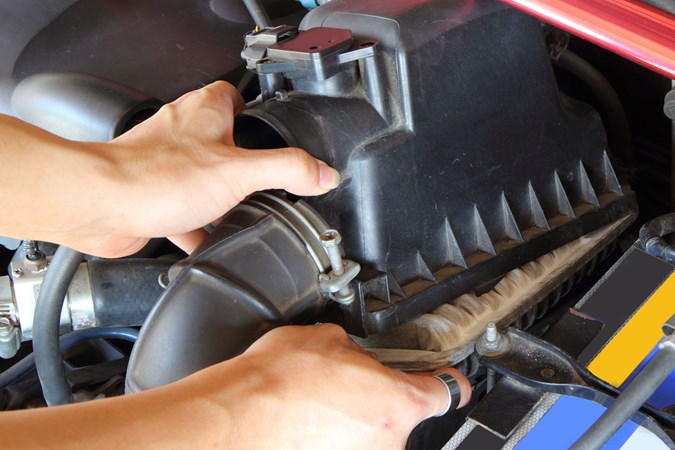
There are different types of air filter housing. Some are opened by removing the top half, some have a pull-out drawer that the air filter sits in. Either way, have a good look at the housing to make sure you can access any bolts and clips that need to be removed/released. You may also have to take off the air intake hose that goes to the very front of the car.
Carefully undo the bolts/clips and put them in your parts tray. If they’re gunked up, scrub them with degreaser and wipe clean with a cloth; use a wire brush to take off any rust.
Taking photos of everything you remove provides a useful reference for putting it all back together again.
5. Remove the air filter
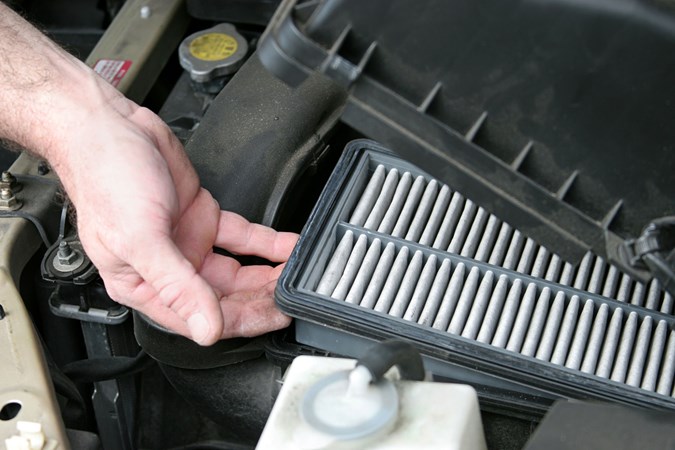
Most air filters simply lift out of the housing, though there may be some retaining clips to release. A conical or cylindrical filter may need to be unclamped from the pipe it’s attached to.
At this point, it’s sensible to make sure the new filter matches the old one. Have a look in the housing to see if it needs cleaning out. Hoover up any debris then give it a wipe with a damp cloth.
6. Fit the new air filter
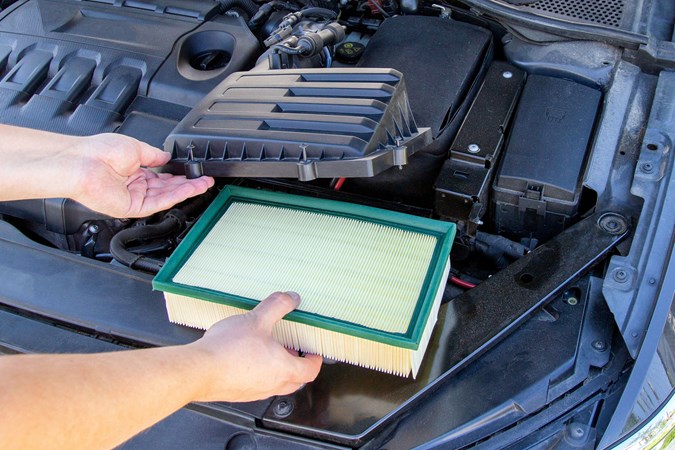
Make sure the new filter is undamaged then place it in the housing or slide it onto the air intake pipe. There may be a rubber seal around the edge of the filter; make sure it’s seated in the housing properly.
7. Reassemble the housing
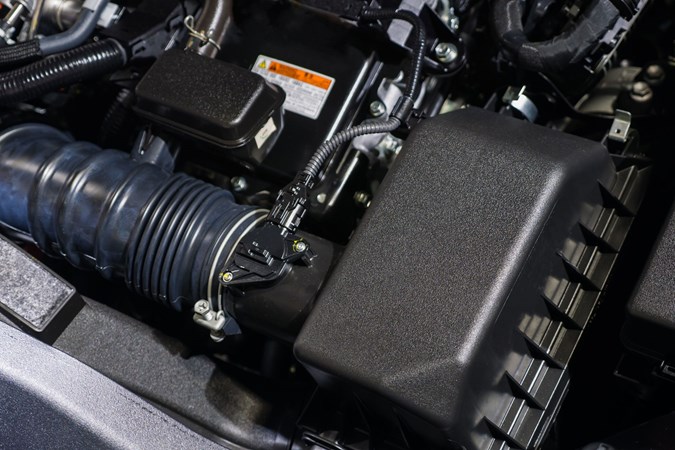
Replace the housing lid or shroud, and anything else you removed to access the air filter. Make sure all the bolts and clips go back in the right place and tighten them down. Be careful not to over-tighten bolts as that can cause damage.
When you’ve finished, make sure nothing’s been left behind in your parts tray and the box the air filter came in. Put a note of the date and mileage when the filter was changed in the car’s service history.
How do I find the correct air filter for my car?
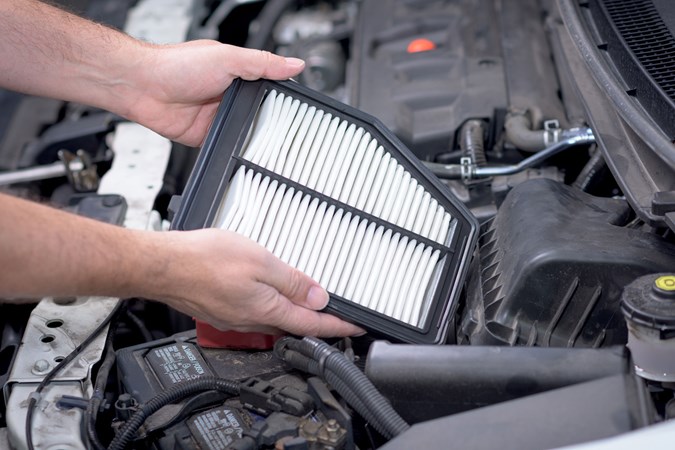
There are a lot of online and physical car parts retailers that you can buy an air filter from. The vast majority allow you search for the right one from your car’s registration number. Alternatively, you could remove the existing filter and look for a part number on it.
Every retailer will present you with several options at different prices. Our advice is to get one made by a brand you’ve heard of. Or else use the wine buying method – go for the second cheapest!
FAQs
-
How much does it cost to replace an air filter for your car?
The cost of an air filter in the UK can vary depending on the type of filter, the make and model of your vehicle, and where you purchase it. On average the prices could range between £40-£75, but its always a good idea to compare prices from different sources to find the best deal.
-
What are the signs that my air filter needs changing?
When the air filter is obstructed it will no longer allow sufficient air through, and this can lead to engine damage. But your car will give you signs when your filter needs changing, such as:
Air filter appears dirty or discoloured
Odd noises when the engine is idle, such as spitting or popping
The engine light is on
Jerking movements when accelerating
Black smoke from the exhaust pipe -
Is it possible to clean an air filter instead of replacing it?
Yes, cleaning an air filter is an option, but it won't be as effective as replacing it entirely. Over time, cleaning may not remove all particles thoroughly, leading to reduced efficiency. Additionally, not all filter types, such as spun glass and pleated filters, can be cleaned. It's important to verify if your specific filter is designed for cleaning or if replacement is necessary.
-
How can I check the condition of my air filter without removing it?
Some filters will have a removeable cover that will allow you to visually inspect the condition of the filter. However, if accessible you can also use a flashlight to check the cleanliness through the air intake housing.
Just so you know, we may receive a commission or other compensation from the links on this website - read why you should trust us.



